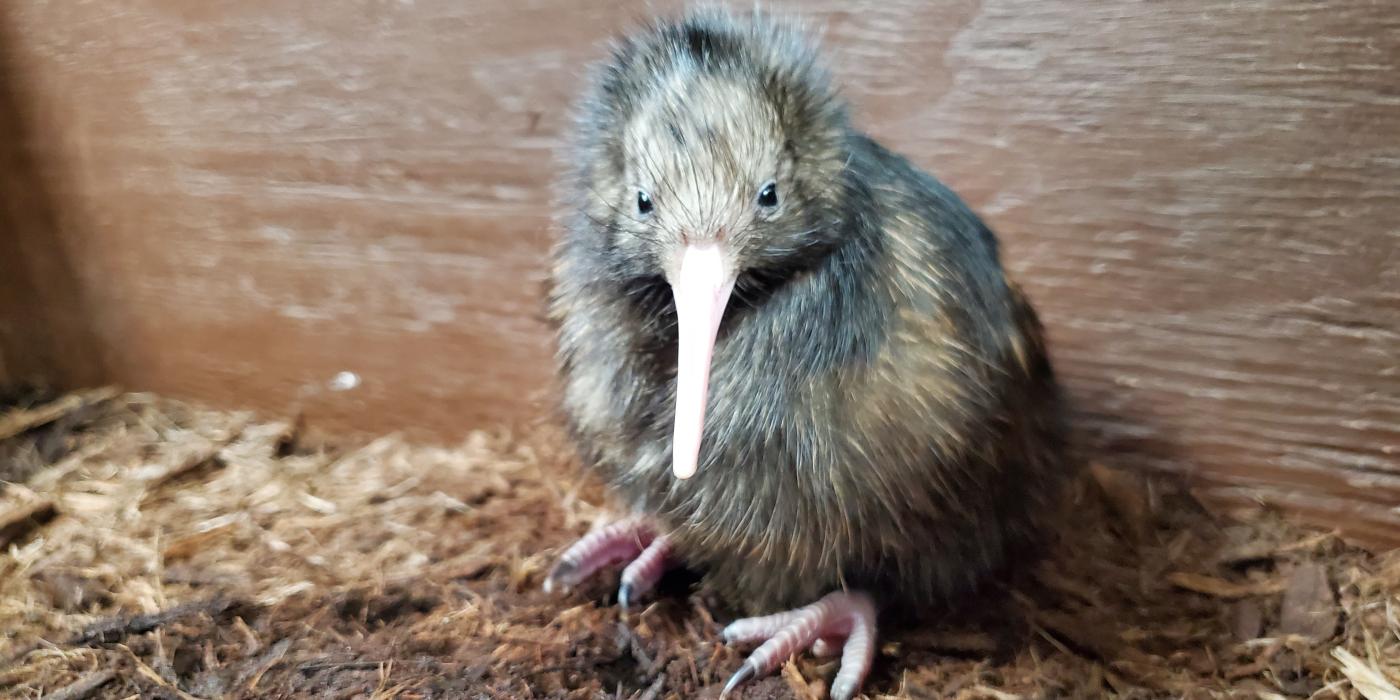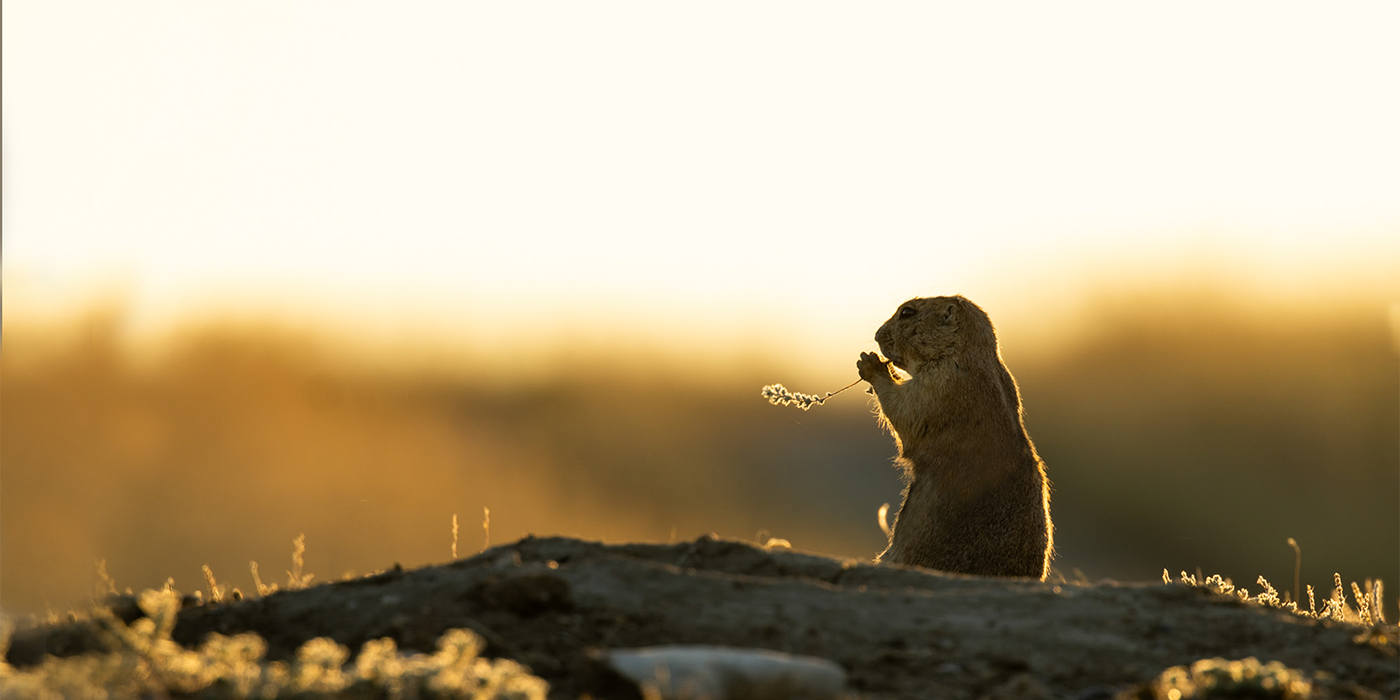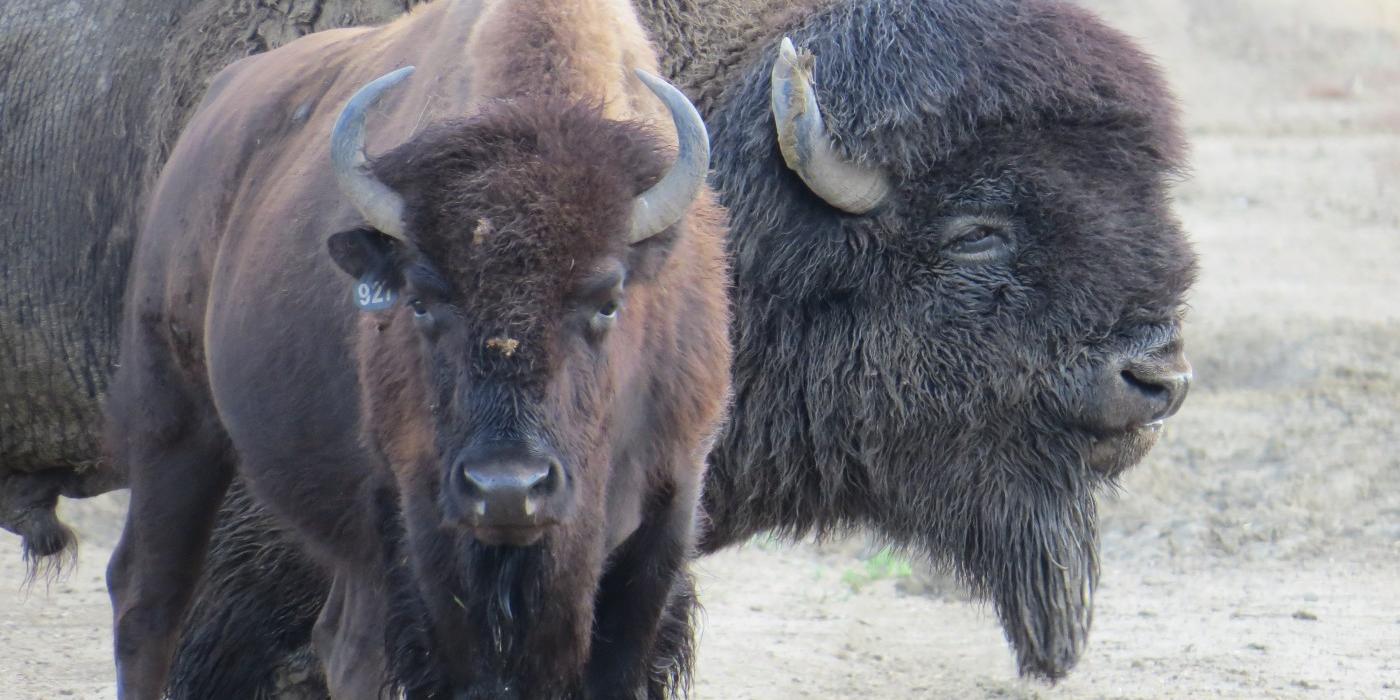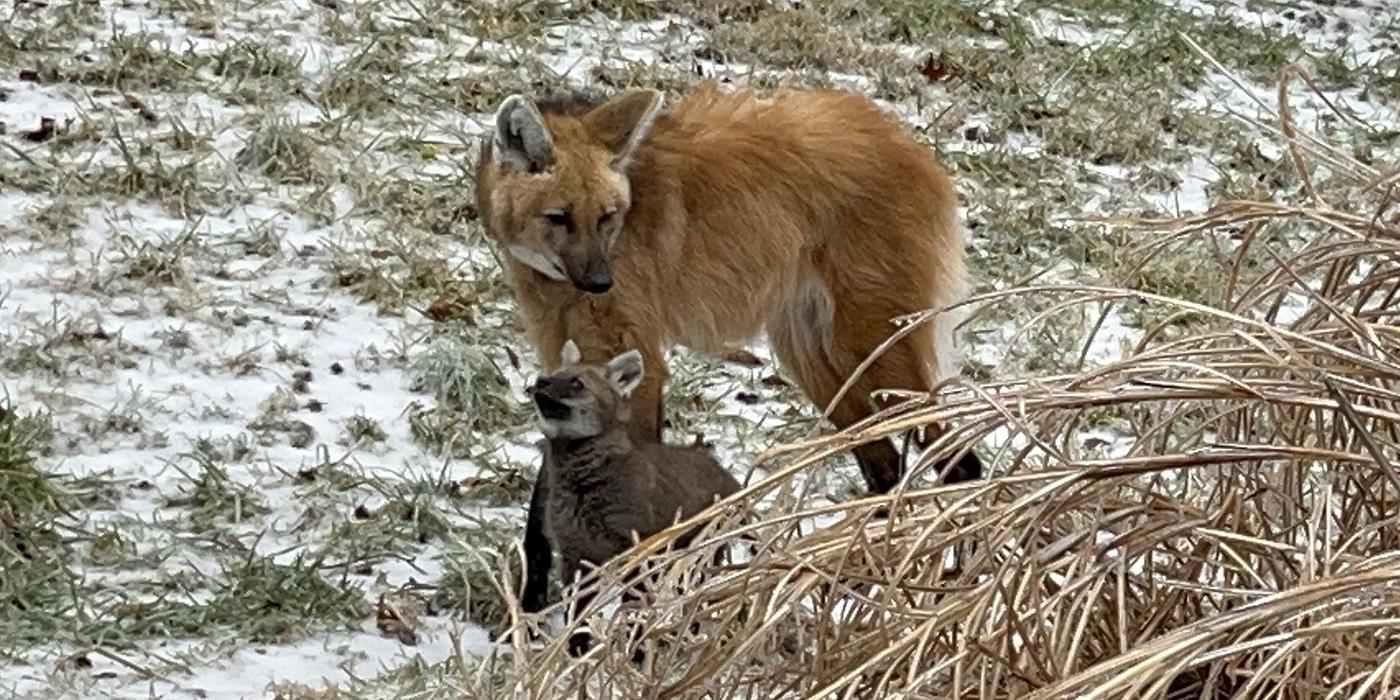And Kiwi Makes Four: A Bird Baby Boom at SCBI
Hot on the tailfeathers of a white-naped crane chick and two Guam kingfisher chicks, the Smithsonian Conservation Biology Institute’s bird team celebrated the arrival of yet another rare resident—a brown kiwi! The chick kicked its way out of its shell April 28 around 2:15 p.m.
Keepers are hand-raising the chick and report that it is eating, moving and vocalizing well. They have not noticed any distinctive personality traits per se, but that is typical for a bird of this age. As the chick grows, its likes and dislikes will become more apparent.
Like other young hand-raised kiwi, this chick falls asleep readily during the day and explores at night. The chick is also quite sassy when animal care staff handle it for feedings or veterinary exams. To express its distaste, it will snap its bill—a warning behavior—as well as kick, vocalize and squirm.
Watch the kiwi chick kick its way out of its shell in this time-lapse video!
When kiwi first hatch, keepers closely monitor their weights to determine the optimal time to offer food. At its first weigh-in, this chick tipped the scales at 313.5 grams, or about half-a-pound. In comparison, adult males typically weigh about 4 pounds, and adult females weigh about 5.5 pounds.
In the wild, when a brown kiwi chick hatches, it receives no parental care and must find food on its own. At SCBI, keepers initially offer the chick a mixture of meat (beef), pellets and produce. If the chick does not eat on its own and loses 30% of its initial weight, keepers will hand-feed the chick several times a day. Generally, young kiwi eat without assistance shortly thereafter.
Keepers ensure that the chicks recognize the mixture as food and readily eat it before they offer the birds’ preferred food items: earthworms and mealworms. That way, they are receiving a nutritionally-balanced meal and not only noshing on their favorite “treats.”
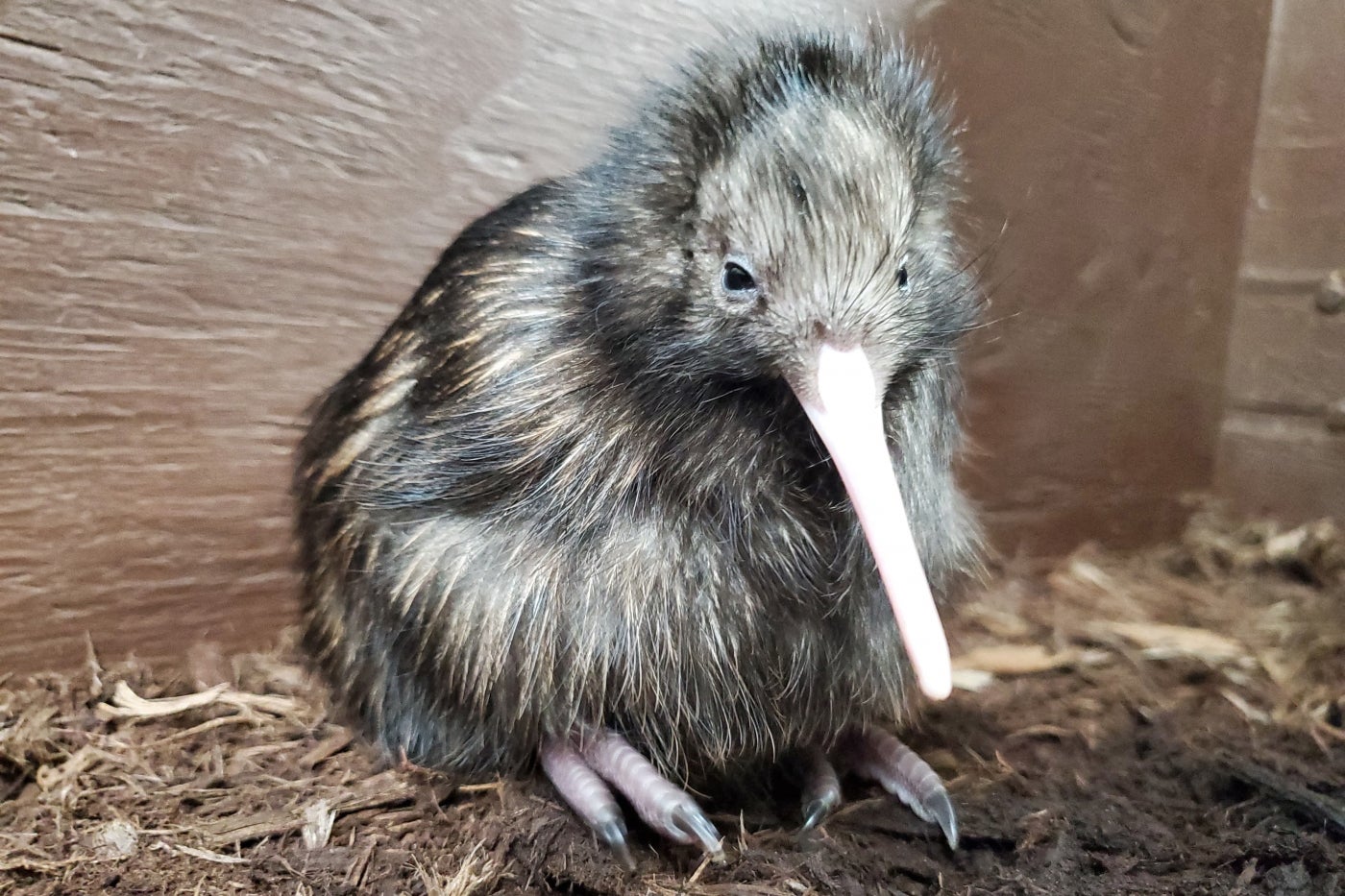
The chick’s parents—mother Ngati Hine Rua and father Ngati Hine Tahi—arrived at SCBI in July 2010 as a gift from New Zealand. At the time, they were the first export of kiwi in more than 20 years. Adding them to the genetic pool in North America was a rare and valuable opportunity to breed and study this vulnerable species.
Ngati Hine Rua laid this egg Feb. 17. Typically, male kiwi incubate the egg for the entire term, which is on average 78 days. However, SCBI bird keepers artificially incubated the egg just before the two-month mark. Since kiwi do not imprint on humans, hatching them under these conditions enables keepers to closely monitor the chick and provide additional care if necessary. This chick hatched on day 71, which is within the range for full-term development.
Before they died in March 2020, Ngati Hine Rua and Ngati Hine Tahi contributed eight offspring to their species’ survival—6 males, 1 female and this chick, whose sex is currently unknown. They were both 15 years old. Two of the chick’s siblings—male Kake and female Whetū—currently reside at SCBI. The others received recommendations to breed from the Association of Zoos and Aquariums’ Species Survival Plan (SSP), and have been transferred to other institutions.
While adult kiwi are sexually dimorphic, determining whether a chick is male or female can be very difficult since they look quite similar. Listening to their vocalizations is a clear way to identify them once they are older, but using sight alone—especially when they are young—can be unreliable.
To determine the chick’s sex, animal care staff collected shell fragments with dried blood and sent them to an outside lab for genetic analysis. In less than 2 weeks, the bird team will know whether this chick is a male or female! Pending the results, the SSP will determine which breeding program the chick will join. Stay tuned for updates on Facebook, Twitter and Instagram.
In fall 2021, the Smithsonian's National Zoo’s historic 1928 Bird House will transform into a first-of-its-kind attraction that immerses visitors in the annual journeys of western hemisphere birds. Learn more about this exciting project!
Related Species:

